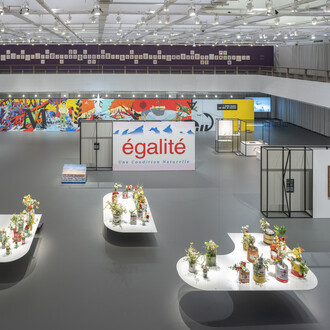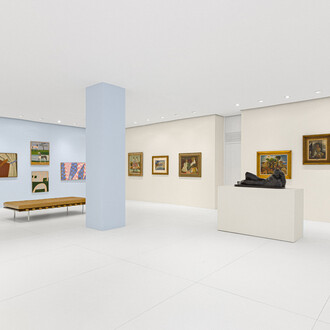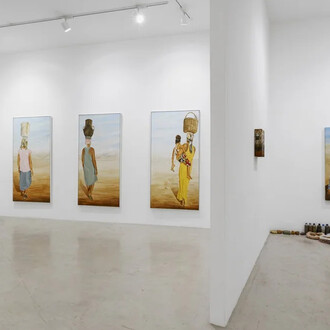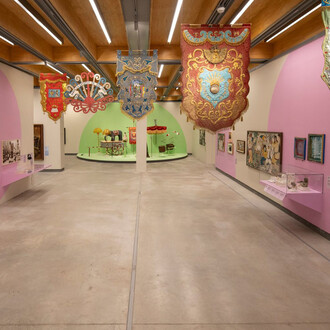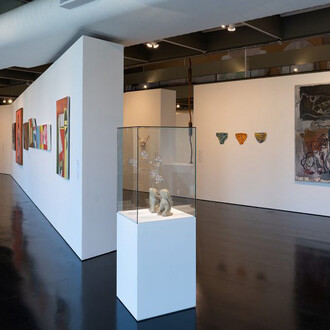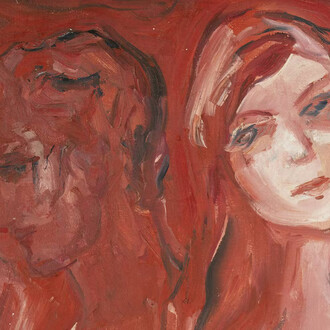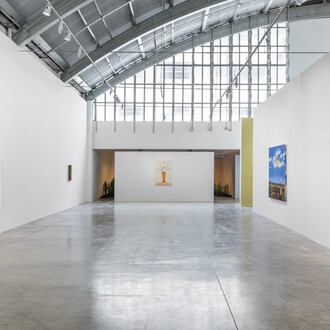To be frightened facing the absurd, to become calm in the presence of grace – perhaps one can describe thus the powerful experience of seeing Flávia Junqueira in action, composing with eccentric rigor her unusual images. Lost in the profusion of colours, with eyes obfuscated by the explosion of rays, the viewer allows herself to be provoked by the extravagance. The artist is not shaken, never lost: like an austere poet shifting words in her verses, she moves the balloons without ever getting tired. She battles inch by inch with the exact place of each object, the precise spot in the space that no one else will discover. At this point the viewer may even laugh, out of nonsense, already wondering if the art is not in the ceaseless movement; if what she sees is not a performance. And it is at this very moment that one grace becomes another grace, and one art becomes another art.
It is only when the shutter closes, and when the photo is developed, that the meaning of so many tireless efforts becomes revealed. We are suddenly displaced to the shifting space of other arts: the museum, the monument, and the old theatres. We become immersed in the distant scenery of national culture, feeling the weight of history, listening to the silence of the past. No show seems imminent, no actor will step on stage, and the absent audience will have no one to offer their applause to. And yet the unavoidable balloons are there, disrupting space, moving us with their enigmatic presence; lightness counteracting weight, colour covering silence, delicacy opposing gravity. Balloons are the performers taking the stage, whatever the theatre is, be it the street or the sky. Or is it the other way around? The balloons as the spectators in the audience, giving us back our image, and we, the artists on stage, paralyzed.
Nothing lasts more than a moment, we then regain the movement of our bodies; we are back in our place. Nothing is there to last: a slight step back is enough to realize that we are facing evanescence, ephemerality. As quick as a sigh, or a little more, the balloons will wilt, covering the floor having lost their shine, their colours now almost dead, the party almost over.
But before we leave, there’s one last unexpected presence. Flávia, centre stage, contemplating the balloons as if contemplating another past, a girl scouring her own childhood through time. Here is her reiterated fantasy: the yearning for repetition and return that inhabits every child, the momentary restoration of what she most desires, lightness, colour, the street, and the sky. This is what the artist gives us back, albeit for an inaccessible moment: our childhood, in all its absurdity, in all its grace.









